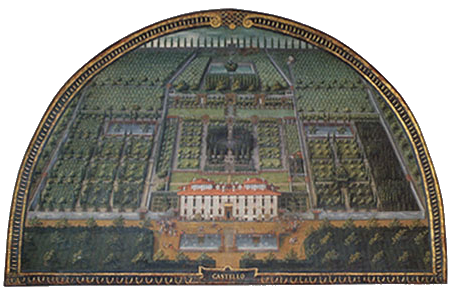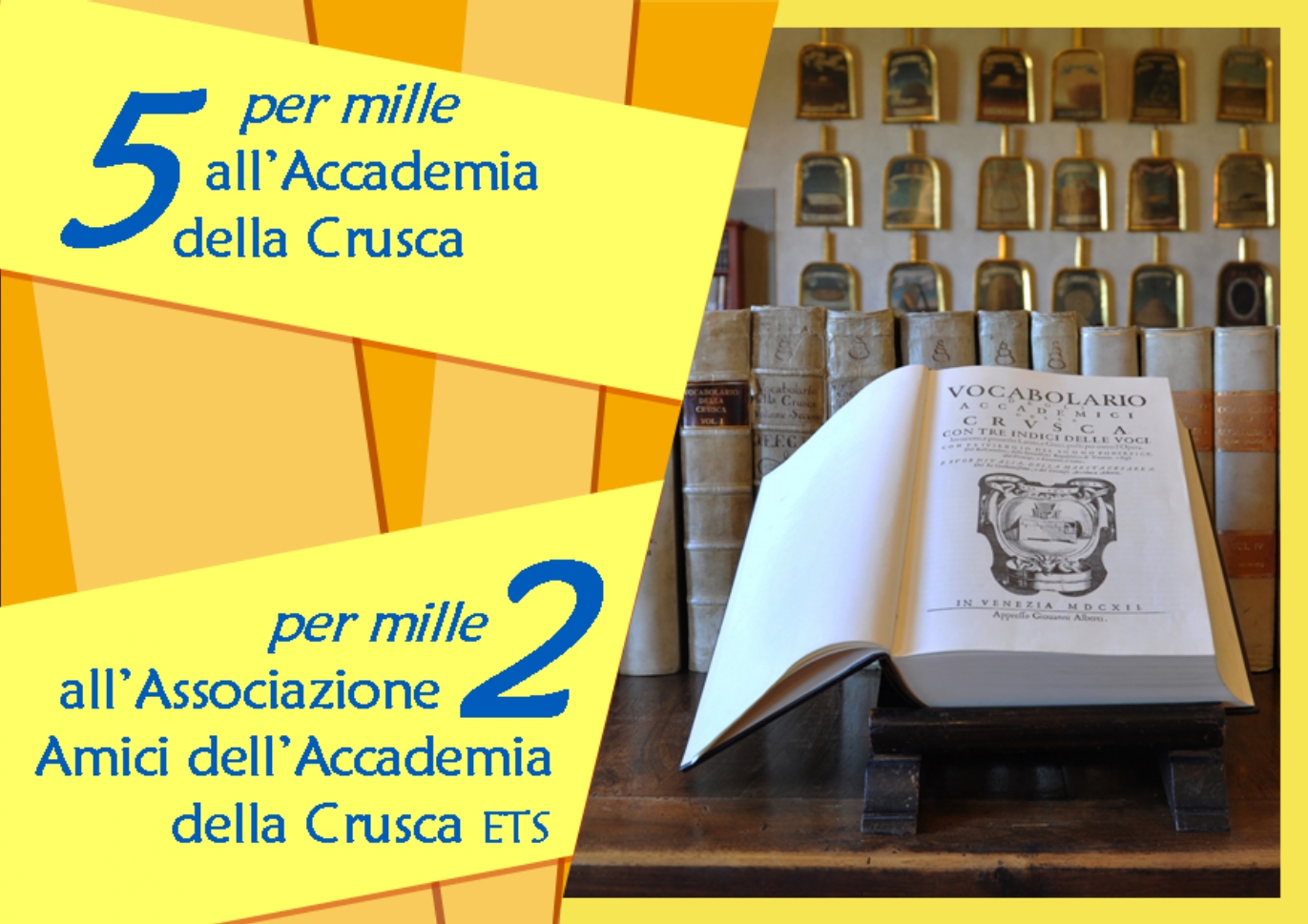The lunette of Giusto di Utens

The lunette of Giusto of Utens, crafted between 1599 and 1602, represents a regularization of reality, of the same order as the lunette of Villa della Petraia. The villa is portrayed perfectly in line with the bridge over the plant nurseries and with the fountains of Fiorenza and Hercules and Antaeus. The part of the building above the level of the roof, existing in reality only on the eastern side, is duplicated on the western side, while the windows are represented as perfectly symmetrical. Utens then adds a secret garden on the right hand side of the building that never existed, identical however to the one that did exist on the left side. In this way he achieves the perfect axiality between garden, villa and avenue, exactly as Il Tribolo had intended. His model was probably still visible in Utens’ time, and it would have represented that idea of spatial perfection never achieved, but platonically conceived as superior to reality. The lunette of the Villa of Castello is one of the twelve lunettes painted by Giusto of Utens, splendid testimonies of the Medicean villas at the end of the sixteenth century. The lunettes are now housed at the Villa "La Petraia" in Florence.
Attività
Protocollo di intesa Accademia della Crusca / Ufficio Scolastico Regionale della Toscana / Società Dante Alighieri
L'Accademia della Crusca e la questione del genere nella lingua
Le iniziative dell'Accademia per il 2021, anno dantesco
Agenda eventi
Evento di Crusca
Collaborazione di Crusca
Evento esterno
Avvisi
Prossime chiusure della sede dell'Accademia
Avviso da CruscaAvvisiamo tutti i frequentatori che la sede dell'Accademia della Crusca resterà chiusa il 2 maggio, il 23 giugno e dall'11 al 22 agosto 2025.


